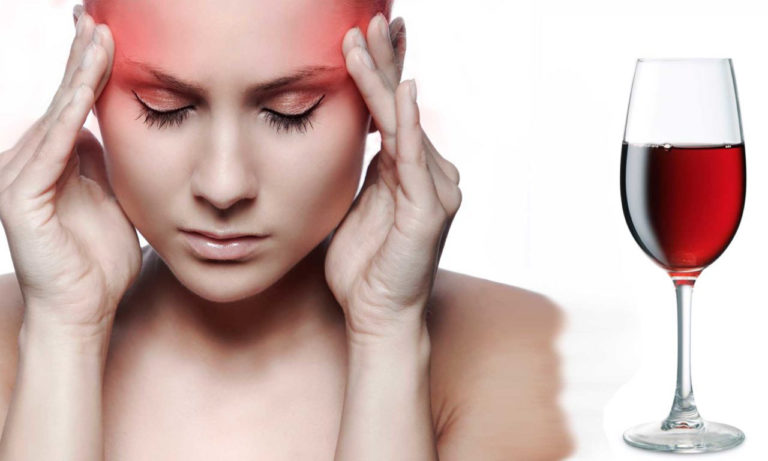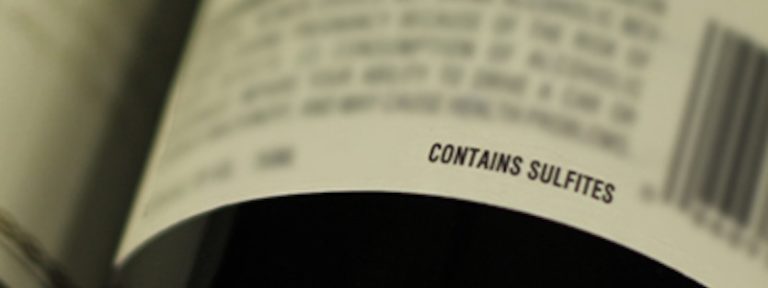
Pity the poor tannin. Blamed for everything from bitter tasting wine to headaches. Fingers wagging and denigrating comments are all too common, when in fact tannin are one of the healthiest elements in wine.
Tannin are a type of astringent molecule that expedites proteins and various other organic compounds, including amino acids and alkaloids. They are frequently found in leaves, buds, seeds, roots and tree bark. With wine, tannin is chiefly derived from the skin, stems and twigs that are present in the pressing process. Tannin is absorbed into the wine as it remains in contact with the juice.
Wine may also absorb tannin during the oak barrel aging process. But oak chips and tannin powder are commonly added to wine – especially with inexpensive, mass-produced reds.
The astringency from tannin is what causes the dry and puckering sensation in the mouth. Tannin is what gives a red wine pigment, bitterness, structure and that mouth-drying sensation. It also makes red wines last a long time and adds layers of delicious complexity. Without tannin red wine would be much less appealing.
Tannin is responsible for antioxidant activities, having both positive and negative effects on the body. The positive health benefits of tannin come from its anti-carcinogenic and anti-mutagenic properties, mostly due to its anti-oxidizing nature.
Many blame the tannin in wine for their headaches. But that is probably not the case. For you see chocolate, soy and tea are also powerful sources of tannin. So, if you eat chocolate (and let’s face it, some of us eat a lot), dabble in soy or drink tea – why then no headache? Personally, I consume copious amounts of a green, white and black tea and can always sense the presence of tannin. But it never gives me a headache. Hmmm…..
So, if it’s not tannin… what might be the cause of your headache?

#1. Sulfites
Sulfite is a term for sulfur dioxide, a preservative that occurs naturally in wine making. Additional amounts are frequently added for its antioxidant and antibacterial properties. Sulfites play an important role in preventing oxidization and maintaining a wine’s freshness.
But the FDA estimates that about 1% of the American population is allergic to sulfites. While you can not totally avoid sulfites in wine (they are a naturally occurring substance on the skin of grapes) any wine that contains less than 10 milligrams per liter may avoid the “contains sulfites” warning or even promote itself as sulfite free. Most red wines contain 50-350 parts per million.
Don’t be fooled by terms that may suggest the absence of sulfites. Like the word organic. While organic production is a great thing and rapidly gaining in popularity, wines labeled 100% Organic, Organic, Made with Organic Grapes, Made with Organic and Non-Organic Grapes may still contain sulfites and must disclose this on the label.
Different rules might apply internationally.

# 2. Histamine
Histamine is an organic compound found in all cells of the body and is a natural component of many foods. It is an important element in the immune and neurologic systems and is involved in the process of inflammation.
In a healthy individual, histamine is broken down on a regular basis. But histamine may become a problem when too much of it builds up in your system. And one of the primary symptoms of histamine intolerance is a painful headache.
Histamine is present in a variety of fermented products such as wine, aged cheeses, and sauerkraut. White wine typically contains between 3 to 120 micrograms of histamine per glass, while red wine contains between 60 and 3,800 micrograms per glass.
Folks, that’s a lot of histamine.
So, you see the question of headaches from wine is fairly complicated – and dependent on many factors related to your unique body composition and functionality. There really is no simple answer.
If you suffer from headaches after consuming red wine you may decide to focus strictly on whites. OK. If that’s your wish. But personally, I would first explore another path:

1. Avoid those big named brands in your supermarket. They are usually produced in massive quantities, complete with handy-dandy production techniques that prompt a headache.
2. Avoid inexpensive reds that market themselves by appealing to an emotional response. Ladies, pictures of butterflies and ponies are a big clue. Too cute. Fellas, proprietary names like “Macho Man Blend” or “Hammer & Nails Red” are simply tricks to get you to look past their poor-quality.
When in doubt ask you favorite wine guy at the local wine store. She deals with these issues all the time and should have some great suggestions ready for you.
